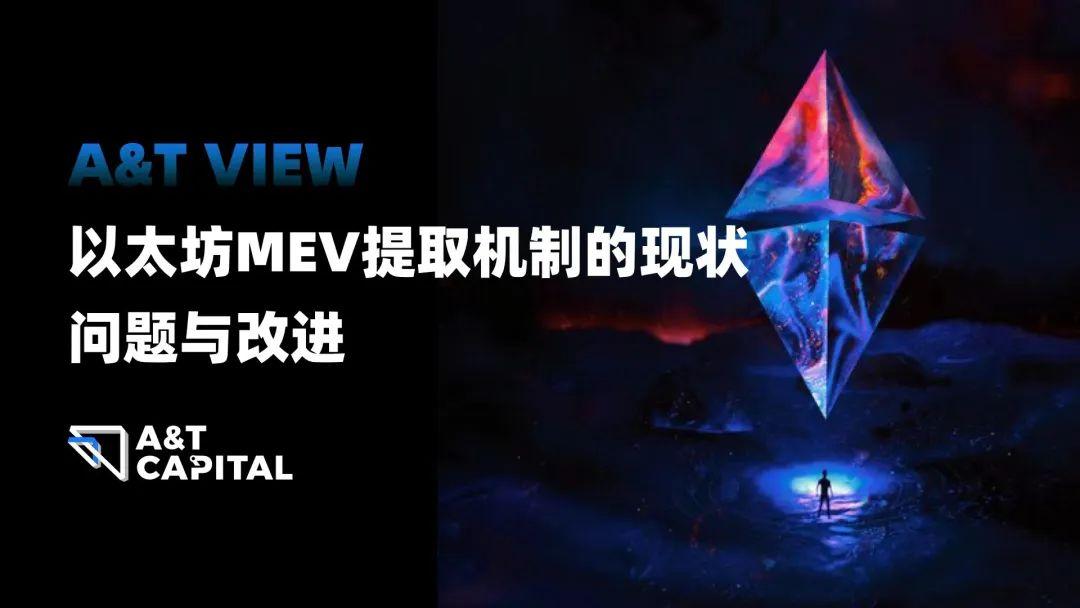Aiming at Ethereum Layer 2 networks, what is Coinbase's intention?
Author: Liam, AnT Capital
TL; DR
- Base is an Ethereum Layer 2 network based on the optimistic assumption-fraud proof principle, providing users with a lower-cost Dapp interaction method without significantly compromising network consensus security.
- As a Layer 2 network, Base can operate normally without issuing a token. Its potential business models include earning gas price differences and extracting MEV, among others.
- At this stage, Base has not adopted many leading industry "black technologies," but has directly utilized existing technical solutions when the Optimism Rollup technology stack was relatively mature, replicating a product that already exists in the market.
- However, the launch of Base provides new ideas for major internet companies to enter the Web 3.0 infrastructure direction. In Layer 2 network solutions, by "renting" the consensus of the underlying public chain, network state security can be ensured even without issuing tokens. Due to the imperfect regulatory policies, listed companies face many compliance issues when launching underlying public chains, and Layer 2 network solutions can circumvent some restrictions.
- The enhancement of Ethereum's scalability is approaching a "turning point," making it a good opportunity to enter Rollup.
1. What is Base?
In terms of product, Base is a general-purpose Ethereum Layer 2 network, with user experience similar to the already launched Optimism and Arbitrum. Developers can deploy smart contracts and build Dapps on Base, and users can interact with these Dapps using their Ethereum accounts.
Technically, Base uses the OP Stack developed by the Optimism team, establishing an Optimism Rollup based on the optimistic assumption-fraud proof principle.
Essentially, Base consists of smart contracts deployed on the ETH mainnet and off-chain centralized servers.
The servers provide an EVM-compatible execution layer, efficiently processing transactions through centralized means, and uploading the computed state change results to the smart contracts on the ETH mainnet for consensus, achieving finality.
The smart contracts on the ETH mainnet are responsible for arbitrating state change results. During the challenge period, if someone can provide evidence that the uploaded change result is incorrect, the erroneous result will be corrected, the reporter will receive a reward, and the party that uploaded the incorrect result will be penalized. After the challenge period ends, if no one successfully challenges, the contract will "optimistically" rule that the uploaded result is correct, achieving finality on the mainnet.

2. What can Base be used for?
For developers: Base is EVM-compatible, and the experience of deploying smart contracts on Base is similar to that on the mainnet, with relatively low migration costs for existing contracts.
For users: Base is compatible with Ethereum native accounts, allowing users to switch networks in their wallets to interact with Dapps on Base, with an interaction experience indistinguishable from the mainnet, while gas costs are significantly reduced.
3. What is Base's business model?
Unlike many other Rollups, Base will not issue its own token and does not rely on selling tokens for profit.
Currently, Base has not disclosed its business model. However, as a Layer 2 network, there are two potential commercialization paths:
Gas price difference. The gas paid by users to Base may be higher than the gas consumed by Base when achieving consensus finality on the ETH mainnet, and the difference can be Base's profit.
Extracting MEV. The order in which transactions submitted to Base are executed is entirely determined by Coinbase, theoretically allowing for MEV extraction.

4. What can Base bring to Coinbase?
- Keep users within the Coinbase ecosystem, activating other Coinbase products such as Coinbase Wallet, NFT Marketplace, etc.
- Strategic layout to avoid missing the main line of the next industry bull market.
- Laying the groundwork for investing in quality Dapps on Base.
In the last bull market, a significant reason for Ethereum's development constraints was that the mainnet's performance could not meet user demands. As Layer 2 solutions have begun to validate the feasibility of enhancing Ethereum's scalability, even as a leading centralized exchange, Coinbase must be concerned about being replaced by more decentralized Dapp versions.
Therefore, for exchanges, launching public chains and Rollups is a strategic layout. Binance, OKX, Crypto.com, and Huobi have all ventured into this area. Coinbase has also acknowledged that it considered launching a public chain in 2018 and 2020 but was unable to realize it. Compared to a true Layer 1 public chain, Rollups can operate without issuing tokens, alleviating many compliance concerns; furthermore, the Optimism team has open-sourced the technical solutions for issuing Rollups, saving Coinbase considerable engineering issues.
5. What lessons can internet giants learn from the Base model?
Even without a token, it is possible to enter the public chain-level infrastructure track. In Layer 2 network solutions, by "renting" the consensus of the underlying public chain, network security can be ensured even without issuing tokens. The Base model provides new ideas for listed companies that wish to enter the public chain track but are reluctant to issue tokens.
The enhancement of Ethereum's scalability is approaching a "turning point," making it a good opportunity to enter Rollup. The six months since the launch of Optimism and Arbitrum on the mainnet have preliminarily validated the feasibility of Layer 2 network solutions. Currently, the cost of sending a transaction on Rollup is less than one-tenth of that on the mainnet. In the future, with the implementation of other optimization solutions such as EIP-4844, the cost of sending transactions may only require one-thousandth of that on the mainnet. At that time, building Dapps capable of supporting hundreds of millions of users on Rollup will become a reality.










